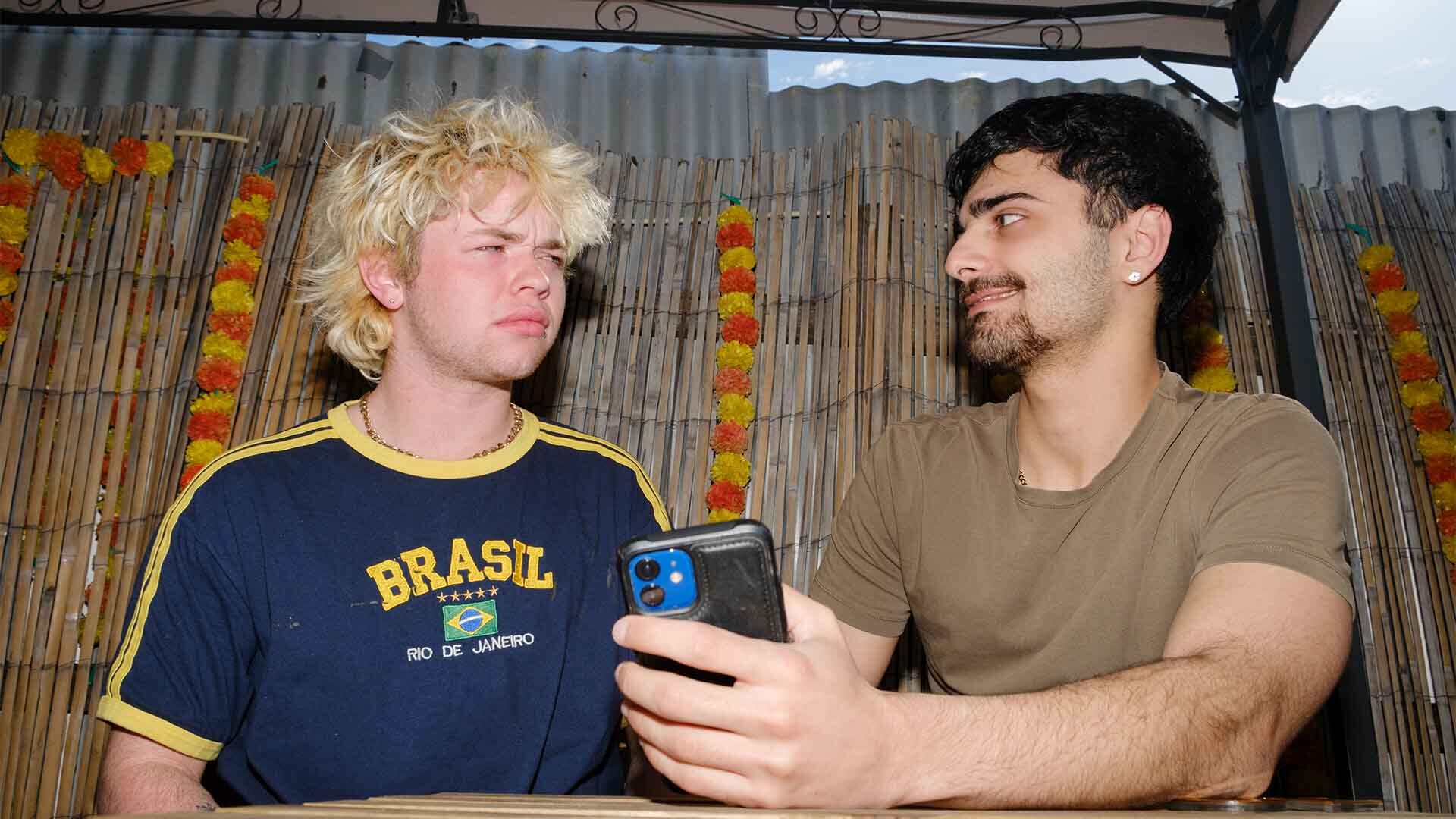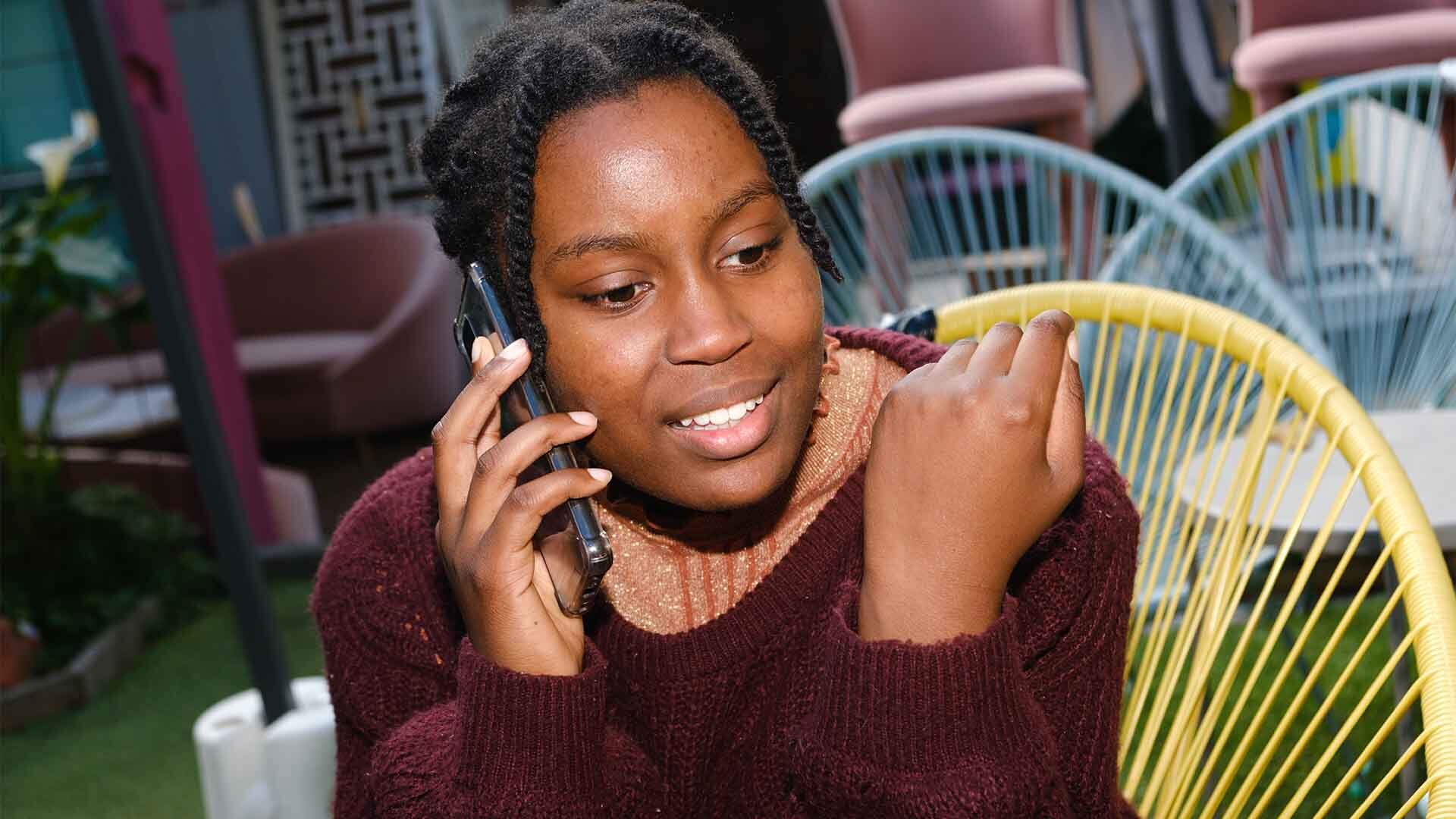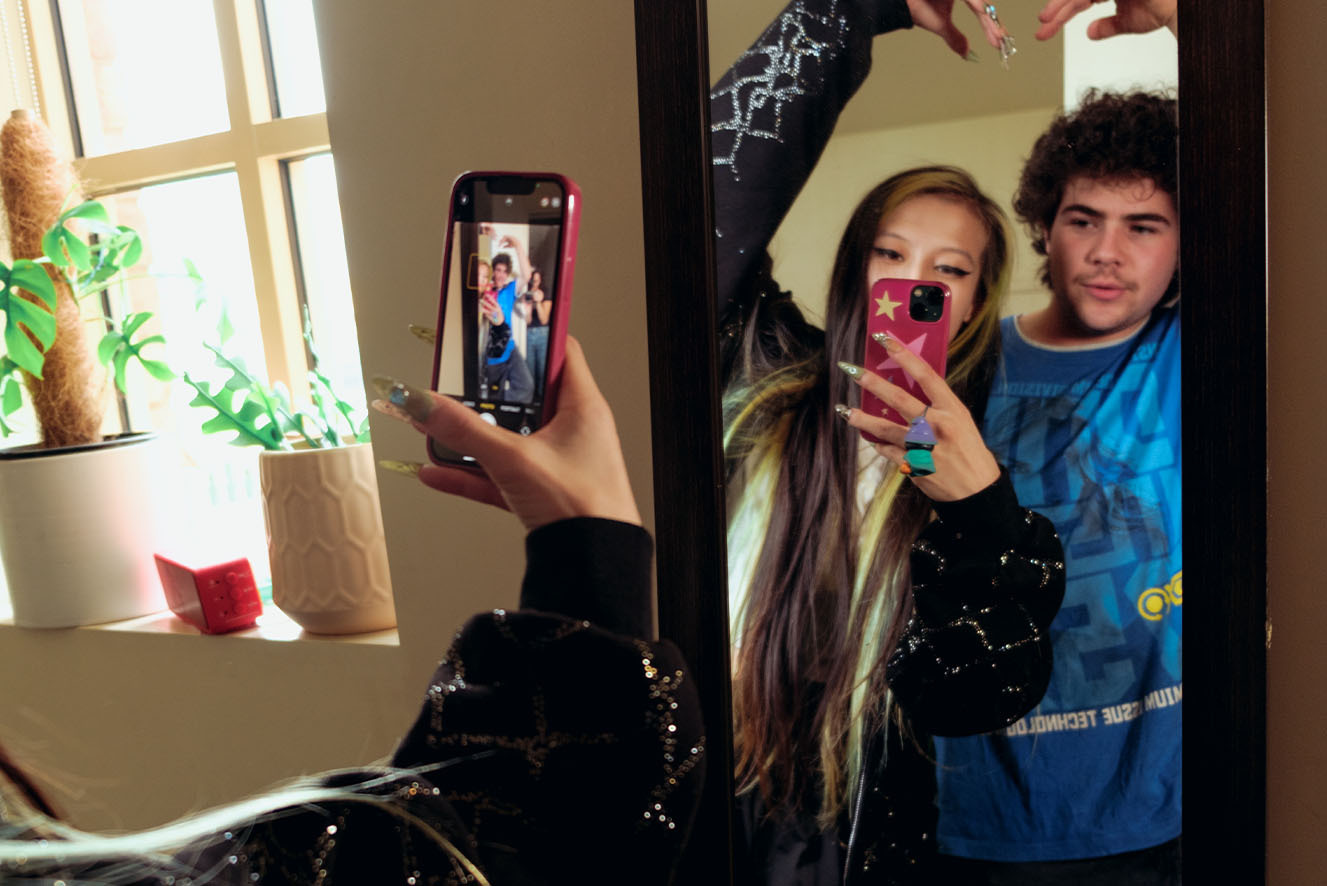The online community is like a massive schoolyard – with a population of... billions.
And when you put that many people in one place, you're going to see negative behaviours surface.
Thing is, in some ways online abuse is an extension of traditional abuse or bullying, but instead of being face-to-face it sits on a screen.
Some types of abuse are unique to the online environment, and sometimes we aren’t sure of how to deal with it, or where to get support to call it out and stop it from happening.
The good news is, there are a lot of ways to go about tackling online abuse or cyberbullying.

Forms of cyberbullying can include:
Trolling
Trolling, such as posting inflammatory or off-topic messages can be highly stressful for the recipient.
The most important thing to remember is 'don't feed the trolls'.
Trolls feed off attention, so don't react or interact.
If they can't be ignored any longer, you can ask them - just once - to stop, but if that doesn't work just report them.
Image-based abuse or non-consensual sharing of intimate images
Be sure to check out the eSafety Commissioner information about consent and sharing photos.
They also have page on what to do if someone is threatening to share a nude image or video of you.
Did you know that even though we hear 'revenge porn' a lot, it's got nothing to do with porn, and often has nothing to do with revenge either?
It usually means someone has shared intimate images or videos of someone without their consent.
And sometimes, people threaten to do this as a form of blackmail, or just do it because they want to abuse and hurt someone.

Creepshots/upskirting
Taking/sharing pictures of someone (e.g. in a change-room or on public transport) without permission.
Doxing
Someone collecting and releasing personal information about another person online, such as their name and address, so others can victimise them in real life. For more on doxing check out this page from the eSafety commissioner.
Cyberstalking
Cyberstalking is a form of cyber abuse.
It can include false accusations, abusive comments, attempts to smear someone’s reputation, threats of physical/sexual violence or repeated unwanted sexual requests.
Cyberstalking can be things like monitoring, identity theft and gathering information that may be used to threaten, embarrass or harass.
Cyberstalking is often accompanied by real-time or offline stalking, malicious, fake accounts and impersonation.
Online abusers may set up fake social media accounts pretending to be someone to bully, harass or otherwise abuse people.
They are also used to monitor and scam people into handing over money, gifts or intimate images or videos.
Often these scams are run by organised crime syndicates.
Rape videos and photographs
Posting and sharing videos and photos of (real or simulated) rape scenes to intimidate and shock.

Swatting
This one is not super common, but is still worth keeping in mind.
Basically, swatting is when someone calls up the emergency services and falsely reports a serious and usually violent crime being perpetrated by someone they want to victimise.
This is done in the hope that a number of police will turn up and arrest or at least traumatise their target.
Catfishing
Catfishing is pretending to be someone else online, usually using fake social media profiles.
It's like malicious impersonation but when someone is catfishing, they usually create a kind of ‘fictional character’ based on photos they find of other people online.
Catfish then form online relationships with people who have no idea who they really are.
Flaming
Flaming is when someone posts insults about another person that usually include offensive language and swearing.
What can often happen is a group of people will target someone and all flame, or coordinate to ‘pile-on’ them at the same time.
If the person being targeted leaves the chat or group then they have been ‘flamed out’.
Message bombing
The clue is in the name.
This one is all about flooding someone with texts, messages or emails so that they can’t properly use whatever account is being attacked.

How to prevent online abuse
Stopping other people from perpetrating online abuse is difficult, but here are some things you can do to protect yourself and promote a safer online community:
1. Be a decent 'online citizen' yourself
Obviously, you don't want to perpetrate any of the above forms of abuse, and you want to take positive action when you see it happen to others, whether it's offering support to someone or saying something to the perpetrator.
2. Stand up to the person doing the bullying (if you feel confident and safe)
Make it clear that what they’re doing is wrong.
It can be tricky going about this without getting too involved, but sometimes just commenting with your negative emoji of choice, or 'not cool' on the post can get your point across.
3. Keep your personal info secure
When abuse does happen to someone it is obviously never their fault.
However, everyone should remember to keep personal info secure.
Details like real name, addresses, place of work/school, etc, should not be mentioned in online conversations - even in a DM.
4. Delete sensitive messages you get
It's generally smarter to play it safe by deleting any sensitive messages you’ve sent or received.
And also ask anyone you've sent them to, to delete any photos of you.
It is worth noting that you may sometimes want to hold on to some messages if they might be ‘evidence’ of cyberbullying.
5. De-identify your content
If you decide to share images of yourself online, think about taking your face, tatts or any other identifiable marks out of the picture.

What to do when online abuse happens
You can ask the perpetrator to stop.
Alright, it's not always going to work, but sometimes just letting them know they're hurting someone and that they need to stop before more serious action is taken, will alert them to how wrong their actions are.
But if you don't get a satisfactory response, don't continue communicating with them.
Instead, first, you need to report any harassment to the social media platform’s safety centre for advice on what action to take.
You’ll be able to find out how to report abuse at each platform’s help and support page.
If you are copping abuse or being hassled online, like any of the stuff above, you need to make sure that you save copies of whatever's been posted or done to you.
Then (hopefully) your complaint will be handled and resolved.





